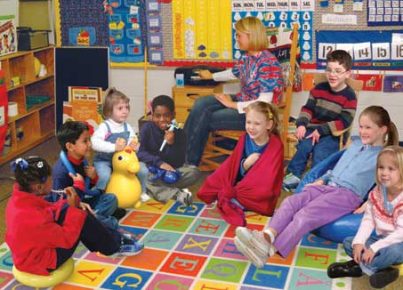Introduction
Autism Spectrum Disorder (ASD) is a complex developmental condition that affects how individuals interact with other people, experience the world, and communicate their thoughts and feelings. As the number of diagnosed cases continues to rise, it becomes increasingly important for educators to address the unique needs of students with autism. A primary ASD teacher plays a crucial role in fostering a supportive and inclusive learning environment for students on the spectrum.
Key Roles and Responsibilities
1. Individualized Instruction: A primary ASD teacher tailors classroom instruction to meet the specific needs of each student, acknowledging that individuals with autism learn differently than their neurotypical peers. By utilizing an array of teaching strategies, such as visual schedules, social stories, and applied behavior analysis (ABA), they ensure the maximization of each student’s potential.
2. Collaborative Approach: Collaboration is vital for successful learning outcomes in an autism-specific classroom. Primary ASD teachers work closely with other professionals, including speech therapists, occupational therapists, and behavioral specialists, to create holistic educational programs tailored to each student’s strengths and weaknesses.
3. Communication: Communication can be a significant challenge for individuals with autism. A primary ASD teacher provides ample opportunities for students to develop communication skills through various methods like augmentative and alternative communication (AAC), social skills games, and structured conversations.
4. Social Skills Development: Social skills are fundamental for children with autism in navigating friendships and relationships. Employing structured lessons or role-play scenarios, primary ASD teachers support students in understanding social cues, practicing self-regulation, effective conflict resolution strategies, and forming meaningful connections with others.
5. Sensory Supports: Sensitivity to sensory stimuli is a common characteristic among individuals with ASD. Primary ASD teachers acknowledge this by creating an environment that accommodates sensory needs – providing access to sensory breaks or tools such as fidget toys that help students self-regulate.
6. Family Involvement: A primary ASD teacher recognizes the importance of family involvement in a student’s education. By maintaining strong communication with families, they involve parents and caregivers in decision-making, ensure consistency between home and school environments, and access valuable insights into each child’s unique attributes.
7. Professional Development: To stay current with research and best practices in autism education, primary ASD teachers regularly engage in professional development opportunities. This commitment to learning allows them to provide the highest level of support to their students.
Conclusion
The role of a primary ASD teacher is multifaceted, reflecting the diverse needs of students on the autism spectrum. By providing individualized instruction, fostering collaboration, addressing communication and social skills development, accommodating sensory needs, and involving families, ASD teachers create an inclusive learning environment that allows their students to flourish both academically and socially. Their dedication to professional growth ensures they are equipped with the latest knowledge and resources in creating a brighter future for students with autism.





